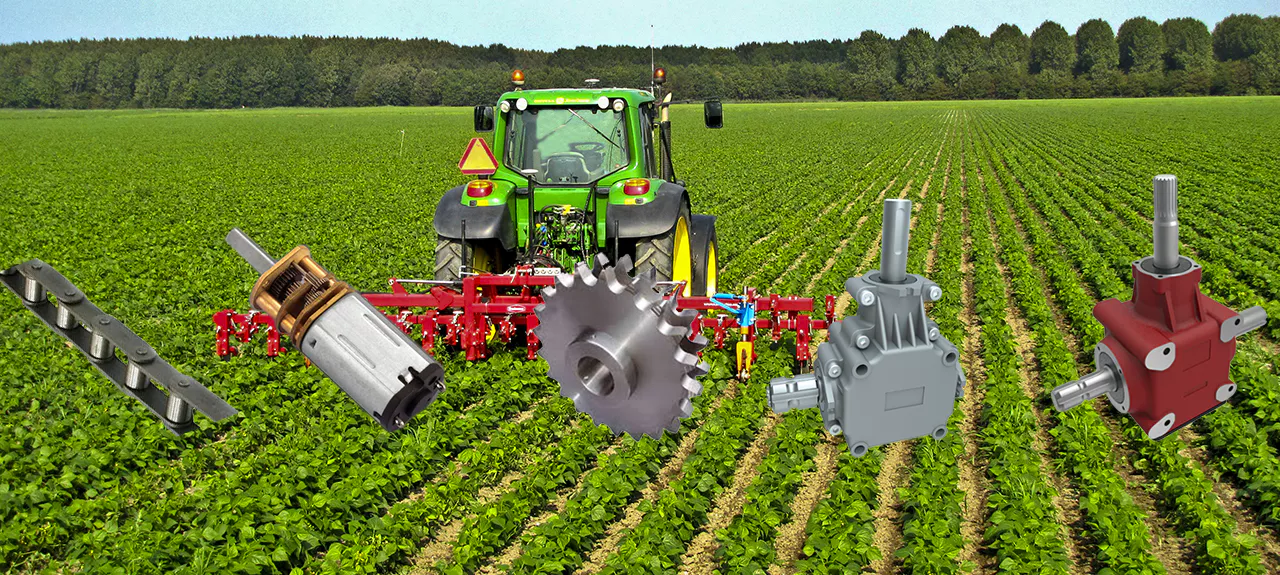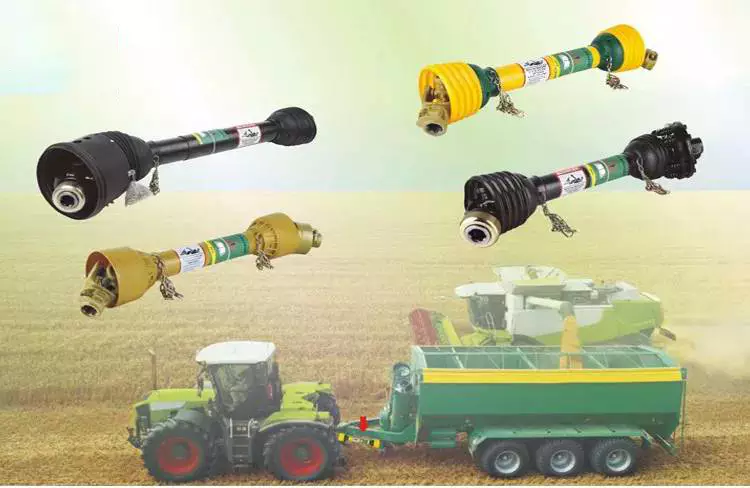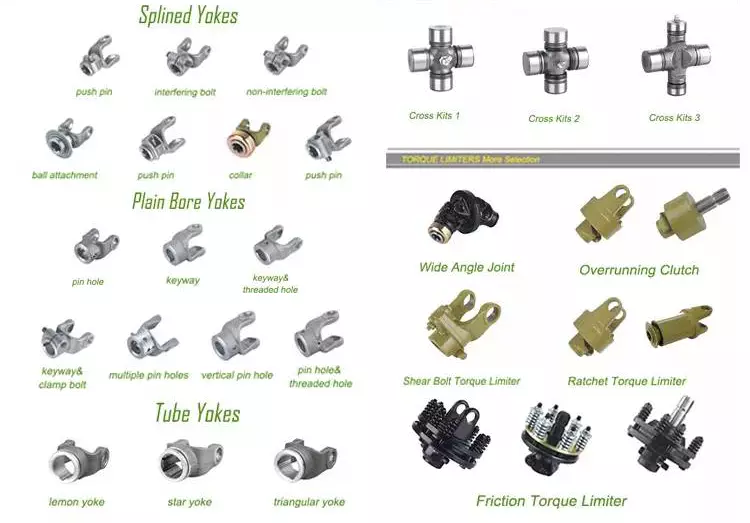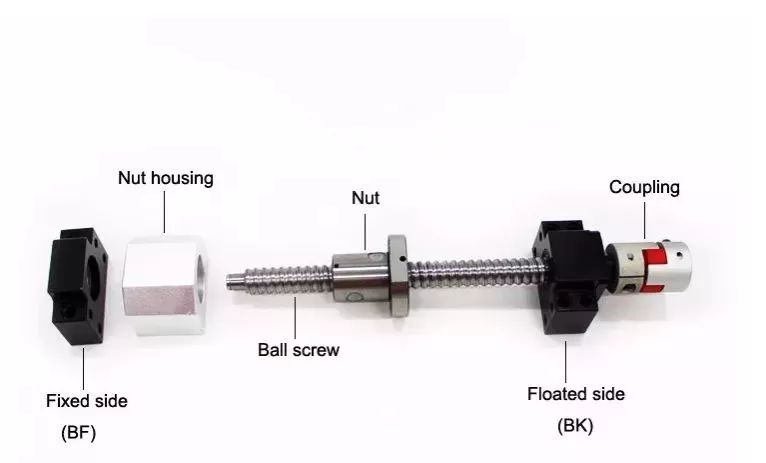Product Description
A&T Industry is a contract manufacture and exporter of high quality forging parts with more than 13 years experience.
Customized available when get drawing or sample.
1.customized cnc machining part
2.OEM & ODM by customer design
3. Good appearance working
4. Complex CNC Parts
1.OEM & ODM by customer design
2.Product picture shown here just for reference, we never sell them to other customers
3.Custom-made according to customer’s drawings
4. Factory custom manufacture hight precision turning part
| Material | Steel, Zinc, Alunumin, Brass.Stainless steel. |
| Surface treatment | Nickel plating. Zinc plating, Chrome plating, Oxidation. Anodization |
| Tolerance | +/-0.01mm or +/- 0.0004″ |
| Thread Standard | NPT,BSP(G),M, GHT,UN,NPSM,BSPT(Tr),NPTF… |
| Quality control | 100% inspection on critical dimensions |
| Inspection equipment | Three axis meansuring machine for X.Y.Z. Projection meter. |
| Production output | 100000.000 pieces/ month |
| Productin range | Part ID from 2-500mm with tolerance +/-0.01mm |
| Experience | 12 years of professional OEM service |
| Supply chain process | PPAP |
| Ability | To develop hundreds of new parts annually. |
| Packaging | Standard export carton with palletized |
| Lead time | 35 days regularly |
| Term of Payment | T/T. L/C or Customer’s request |
ABOUT US:
A&T Industry is a contract manufacture and exporter of quality sand castings,
investment castings, lost foam castings, hot forgings, cold forgings, stampings,
machined parts, injectionmolded plastics parts, etc.
We are a dedicated team of customer focused industry professionals with
extensive experience in manufacturing, materials engineering,
quality assurance, logistics management and inventory control.
We utilize our experience and sources advantage to provide our customers
with cost effective and value based solutions to meet their engineering and
design needs while exceeding their quality and procurement requirements.
A&T Industry is located in HangZhou, a major seaport, Olympic Host City and
industrial center of China.
Assurance,
100% quality manufacturing.
We guarantee that our products meet your supplied specifications
Extremely competitive pricing
Delivery to your port or front door
4 —- 8 week lead times
We handle all paperwork
Partial container orders
Flexible payment options
Unique tooling options
Full range of packaging options from bulk to retail ready
Complete testing services available
FAQs
1. Where is your location?
We are located in HangZhou City of China and are closed to Airport. It takes 30minuts by car from Liuting Airport our company.
2. How long has the company been established?
AT INDUSTRY was established in 2009. There is 6 years exporting experiences.
3. How many employees do you have?
Administration / sales 4
Engineering / design as our partner 8
Production as our partners 120
Quality assurance / inspection 10
4. Which countries do you export to?
U.S.A, Germany, France, Italy, UK, Brazil, Middle east of Asia, Thailand,
5. What proportion of your goods are exported?
100% of our production are exported to all over the world.
6. How long does it take to receive samples?
a) Pattern:30-45days after order
b) Sample:30days after pattern finishing.
c) The lead time is the general production period and does not include the transportation time.
7. New product development process
Got tooling order and sample order with 50% deposit—Hold a meeting with the relation dept. to ensure the developing schedule—Design pattern, fixture and gauge and making them in our house—mold steel buying—Machining—Inspection—Send out the sample with initial inspection report.
8. How long is the manufacturing lead time?
Mass Production: 90days after sample approval by yours.
The lead time is the general production period including the transportation time.
We could make some special production arrangement effectively if customer has urgent need.
9. What basis can we buy goods?
We generally offer customers prices FOB& CIF (Carriage, Insurance & Freight). The CIF includes the freight cost to your nominated sea port.
We do provide clearance of goods which needs to be handled by a local freight forwarder.
All local costs and taxes are the responsibility of the buyer. We are happy to offer advisement on shipping if required.
10. What are the payment terms?
Payment terms are negotiable and will improve for long term customers.
During the initial stages, we request 50% of tooling fee in advance with the balance payable on acceptance of samples.
Production orders can be negotiable. We prefer 50% deposit and the balance by T/T before sails. But sometimes T/T 30 days after sails would also acceptable.
11. Which currency can we buy in?
We can deal in USD / Euro currency / GBP.
12. How long does it take to ship goods from China by sea?
It takes about 5 weeks to European ports plus 1 week customs clearance, so you can get the container within 6 to 7 weeks. It takes about 2 weeks to east coast and 3 weeks to west coast US ports. All sea goods are shipped from HangZhou Port.
13. How long does it take to ship goods from China by air?
It takes about 7 days to all major destinations.
14. Can we visit the factory to conduct an audit?
Yes, you are welcome to visit our partner factory by prior agreement.
15. How do we retain client confidentiality?
We are happy to sign Confidentiality Agreements with customers and will honor them.
16. Which languages do we do business in?
Although we do business with many countries around the world, we can only communicate effectively in Chinese English.
All information supplied should therefore be supplied in this form.
17. Is there a minimum volume of business required to conduct international purchasing?
There are no minimum volumes, but the prices of the goods, plus the fixed costs of importing makes it more economical to buy in high volumes. All potential customers will be assessed on an individual basis to determine if it appears a viable option for all parties to develop a relationship.
18. What type of parts you are specialized in?
Our business contains 2 areas,
one is for construction precast including lifting system, rigging hardware metal parts.
Another is customized metal business of quality sand castings, investment castings, lost foam castings, hot forgings, cold forgings, stampings, machined parts, injectionmolded plastics parts, etc.
19. Which kind of equipments do you have?
Forging friction press 160Ton, 300Ton, 630Ton, 1200Ton
Casting CZPT of 200kg, 500kg,1000kgs, 2000kgs
Press of 63ton, 120tons
CNC Machining center
CNC Vertical Lathe
CNC Lathe center
Boring machine
Drilling machine
Proper Maintenance of Tractor Parts
Proper maintenance of tractor parts is a necessity if you want to keep them running smoothly. Here are some things to keep in mind:

Proper maintenance of tractor parts
To ensure that your tractor is operating at peak efficiency, you should perform preventative maintenance on its various parts. Before opening the cab of your tractor, perform a visual inspection to check for any problems. Look for leaking fluids, hoses, and cables. Tighten loose connections, and clean any debris from these components. Also check the sediment bowl under the fuel filter for any material or water. If the sediment bowl has a large amount of material, it may be time to replace the fuel filter or the air filter.
Despite the monetary cost of maintaining your tractor, a few simple things can keep your investment in top condition. For instance, lubrication can prevent corrosion and friction, while cleaning air filters can extend their useful life. The paint on your tractor should also be inspected regularly. Regular lubrication will help you avoid expensive repairs, and will also increase efficiency. Proper maintenance of tractor parts can also help you prevent heavy rust.
Checking your tractor’s internal parts regularly can prevent big problems from crop failures. Lubricating internal parts helps reduce friction, and you should also replace blown or broken bulbs and exhaust fluid. Regular maintenance at tractor dealers will help prevent potential problems. A dealer will also perform tune-ups and oil changes for you, reducing the chances of unexpected issues. For those who don’t have the time to perform the maintenance themselves, consider visiting a tractor dealership.
In addition to inspecting engine components, you should also regularly check your tractor’s hydraulic system. Make sure that the fluids are in good condition, as rust, internal damage, and engine clogs can be caused by dirty or leaking hydraulic hoses. As with any mechanical system, the engine is the heart of a tractor, so it’s vital to maintain the oil tank as often as possible. For these checks, you can use a reference to your tractor model before purchasing new parts.
To extend the life of tractor parts, owners should regularly change the oil in the engine. This is necessary to prevent wear and tear on the tractor parts. Proper oil changes also increase the resale value of the equipment and extend its performance. You can use a grease gun to freshen up the grease nipples, which prevents the rusting of moving parts. By following these tips, you can make sure that your tractor runs smoothly.

Preventative maintenance
Performing preventative maintenance on your tractor is an important way to maintain your machine and minimize the risk of unexpected breakdowns. It is an essential part of tractor ownership because regular maintenance reduces the risk of costly repairs. Before you begin a tractor maintenance program, read the manual to determine what common maintenance items are needed for the specific model. This will help you keep the parts in good shape and save you money in the long run.
Proper checkups on engine fluids, radiator fluid and transmission fluid are essential for maintaining the efficiency of your equipment. It’s important to refill these tanks with clean fluids to avoid rust, internal damage, and engine clogs. The following preventative maintenance tasks are recommended by tractor manufacturers:
Check tire pressure and inflation, as well as inspect the rims and lug nuts. Then, check the axles and drive shafts to ensure they are in good condition. Replace any damaged or missing lug nuts. And lastly, check all lights. Make sure all bulbs are functioning and replaced if necessary. To prevent unnecessary breakdowns, follow these tips to maximize the performance of your tractor. You will be glad you did.
If you have a spare part, be sure to have it on hand. Having a spare part handy will make it easier to do preventative maintenance on your tractor and save you the hassle of calling a repair shop or waiting for the parts to arrive. If you’re looking to get the best value for your money, proactive tractor maintenance is essential. In addition to routine inspections, remember to keep the tractor running at its peak performance level. You may want to have a checkup performed every 6 months or so.
Operator training is another essential preventive maintenance step. Operators must know how to perform routine maintenance tasks without fail. Operator training can be as simple as a review of the operator’s manual and demonstrating how systems and controls work. Training can also involve training operators on how to use checklists to make sure that all minor maintenance steps are performed correctly. This can save you thousands of dollars in repairs. Also, by performing regular preventative maintenance, you can avoid unexpected breakdowns.

Types of filters
A tractor’s air filter, for instance, should be changed on a regular basis to keep the engine performing at peak performance. The reason is that working tractors are constantly exposed to debris and other substances in the driving environment. Even show tractors should periodically check their air filters to ensure they are functioning properly. A single chunk of dust can cause problems inside the sensitive machinery. That is why it’s important to replace filters at the appropriate intervals.
There are several different types of filters on a tractor. The type of filter needed depends on the original reference and the manufacturer. Listed below are some of the most common types of filters used by tractors. Agricolors’ website lets you choose the model of your tractor and then offers the corresponding filter made by the original manufacturer. Alternatively, you can choose an adaptable filter of equivalent quality. These filters are designed to fit various types of tractors, ranging from lawnmowers to combines.
Oil, air, and hydraulic filters are essential for tractor parts. Those with oil filters protect hydraulic components from harmful impurities. Fuel filters protect the injector pump from damage caused by debris. If your tractor doesn’t have filters, you’ll experience a variety of problems. You’ll notice odd noises or reduced HP. Or you might smell fuel when the engine starts. If these symptoms sound familiar, it’s a problem with your filters.
Tractor oil filter replaces itself every few months or so. Tractor oil coagulates over time into black globs. If not replaced, the globs clog up engine parts. Tractor oil filter acts like the kidneys and liver of the tractor, filtering brackish globs out of your engine. Like the human body, a tractor’s filters have similar functions to the human body’s. When they stop working properly, your tractor’s engine will no longer function optimally.























